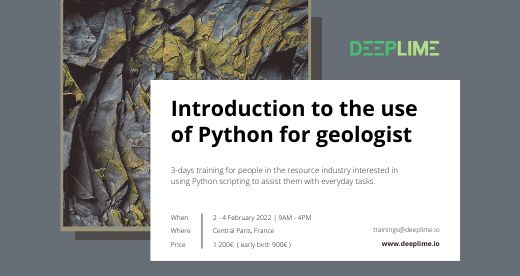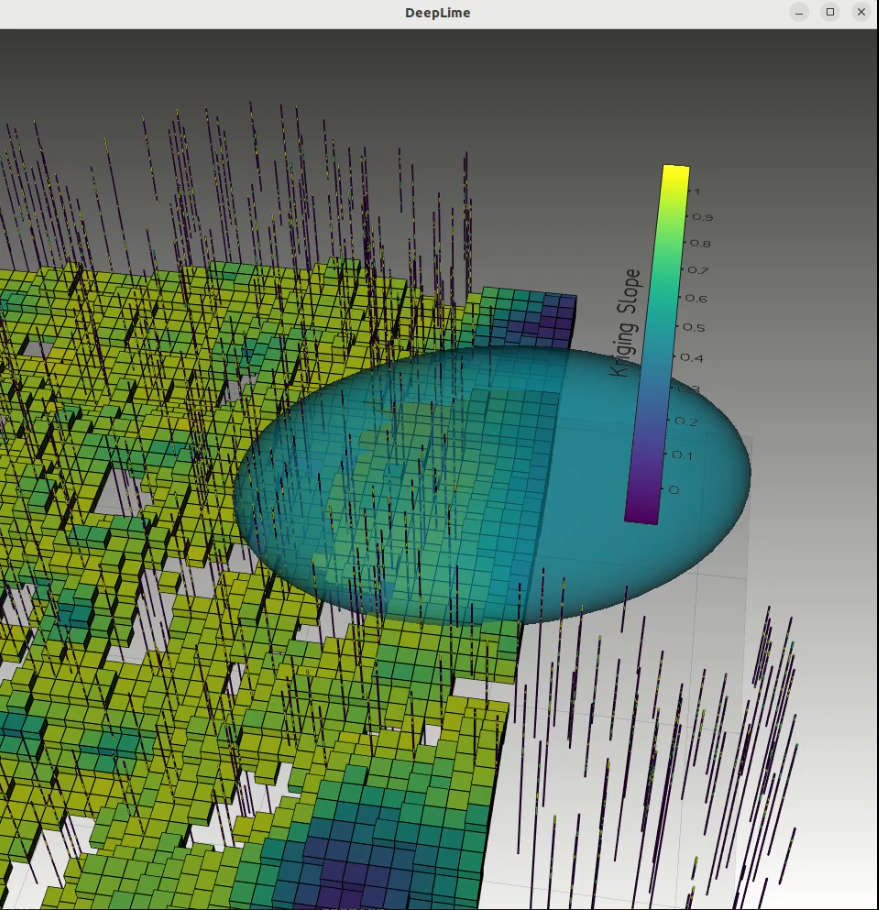· Posts · 2 min read
Uncertainty and risk analysis in resource estimation?

The paper “Quantifying Uncertainty in Mineral Resources by Use of Classification Schemes and Conditional Simulations” by Xavier Emery, Julian M. Ortiz, and Juan J. Rodríguez provides a practical example of the difference between uncertainty and risk analysis. Specifically, in the context of grade simulation, the authors state: “Ideally, each realization constitutes a plausible scenario for the real deposit, so that the true tonnage and metal curves are likely to lie within the set of simulated curves. We now have an estimate of the uncertainty on the total amount of mineral resources: Risk analysis can be performed with the simulated curves in order to assess the worst and the best scenarios, with no need for classifying”
This brief citation on its own serves to aid in comprehending the differentiation between the two concepts.
Uncertainty refers to the degree of imprecision or lack of knowledge about the geological and mineralogical characteristics of a mineral deposit. This can arise from various factors, such as incomplete or inconsistent data, sampling errors, or geological complexity. Uncertainty is expressed in terms of the range and confidence level of estimates of key parameters, such as grade, tonnage, and metal content.
Risk analysis involves quantifying the potential impact of uncertainty on the economic viability of the deposit. It considers both the probability and potential magnitude of various scenarios that could affect the deposit’s value, such as changes in commodity prices, processing costs, or regulatory requirements. By identifying and prioritizing critical risk factors, risk analysis can help guide exploration or development activities.
Uncertainty and risk analysis are distinct but interconnected concepts in resource estimation. While uncertainty refers to the degree of imprecision or lack of knowledge about a mineral deposit, risk analysis involves quantifying the potential impact of that uncertainty on the deposit’s economic viability. By understanding these concepts and applying them appropriately, professionals in the mining industry can make more informed decisions about exploration and development activities.
Have you applied these concepts in your work? What challenges have you faced when dealing with uncertainty or risk? Let us know. Your insights can help deepen our understanding of these critical components of resource estimation.



